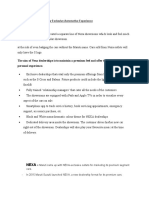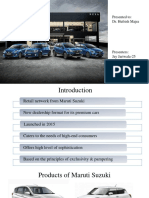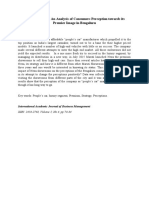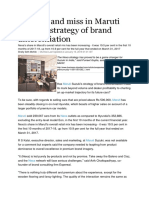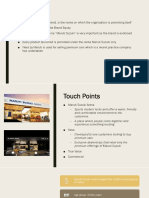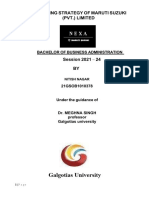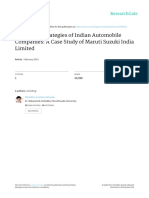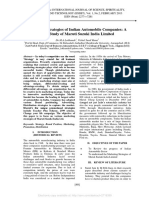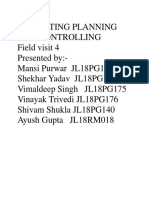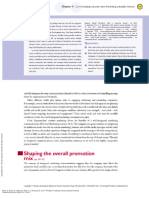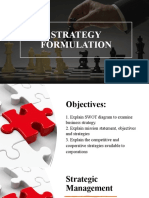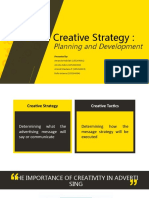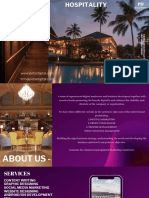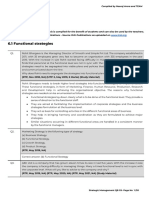0% found this document useful (0 votes)
30 views13 pagesSummer Project 1
Marketing strategy of Nexa and its implications
Uploaded by
shivadas9767Copyright
© © All Rights Reserved
We take content rights seriously. If you suspect this is your content, claim it here.
Available Formats
Download as DOCX, PDF, TXT or read online on Scribd
0% found this document useful (0 votes)
30 views13 pagesSummer Project 1
Marketing strategy of Nexa and its implications
Uploaded by
shivadas9767Copyright
© © All Rights Reserved
We take content rights seriously. If you suspect this is your content, claim it here.
Available Formats
Download as DOCX, PDF, TXT or read online on Scribd
/ 13


